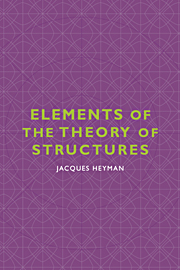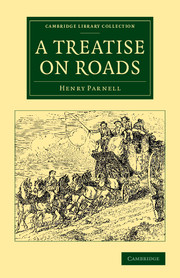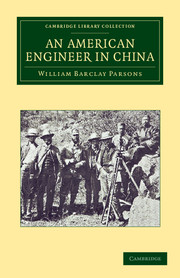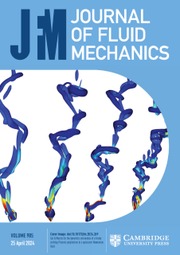Economics of Construction in Relation to Framed Structures
From the 1850s onwards, the civil engineer Robert Henry Bow (1827–1909) became known for his expertise in structural analysis, publishing on the design of bridge and roof trusses, and working with the prolific railway engineer Sir Thomas Bouch (of later Tay Bridge infamy). In the first part of this 1873 publication, Bow describes 337 different truss structures, grouping them into four classes according to their structural characteristics: statically determinate, kinematically determinate, indeterminate, and other. In the second part, he describes a method for graphically analysing truss structures, based on the work of Thomas Maxwell and others, and applies this method to the structures listed in the first part. Perhaps of most interest to the working engineer are the explanations as to which structures are most efficient given typical material constraints, such as girders of uniform cross-section. The work remained a useful resource for practising engineers well into the twentieth century.
Product details
September 2014Paperback
9781108071932
110 pages
216 × 140 × 6 mm
0.15kg
15 b/w illus.
Available
Table of Contents
- Preface
- 1. Classification of framed structures or trusses
- 2. On diagrams of forces with numerous examples
- Plates.







